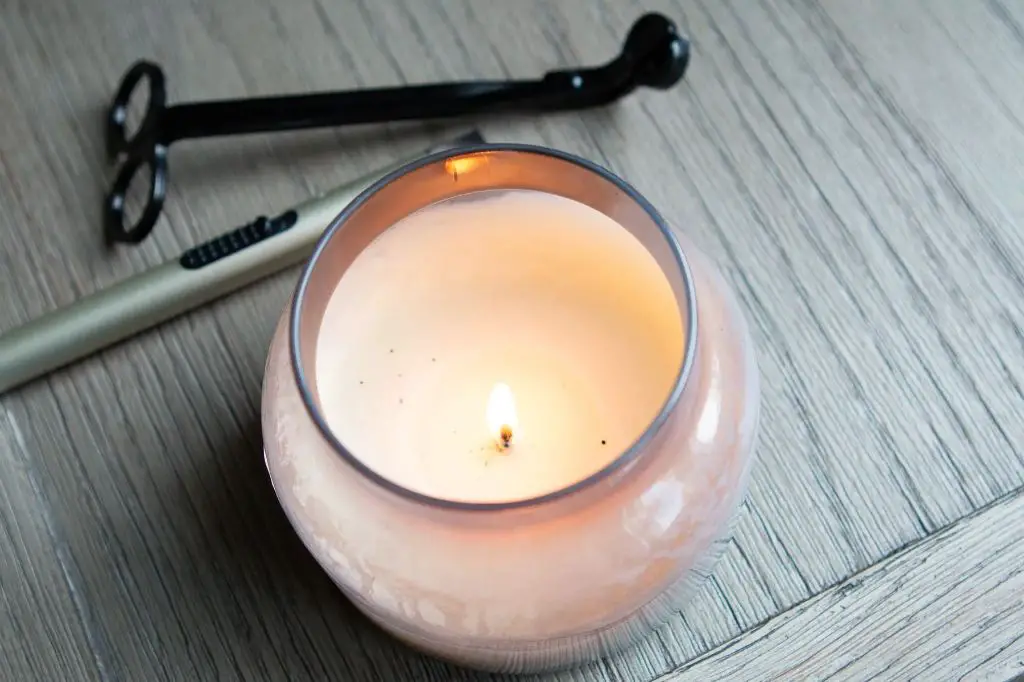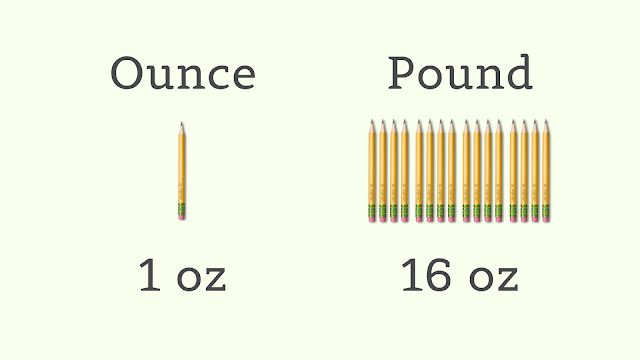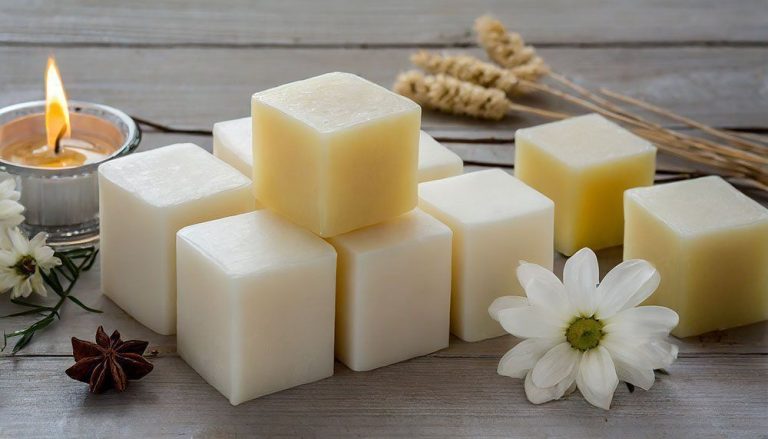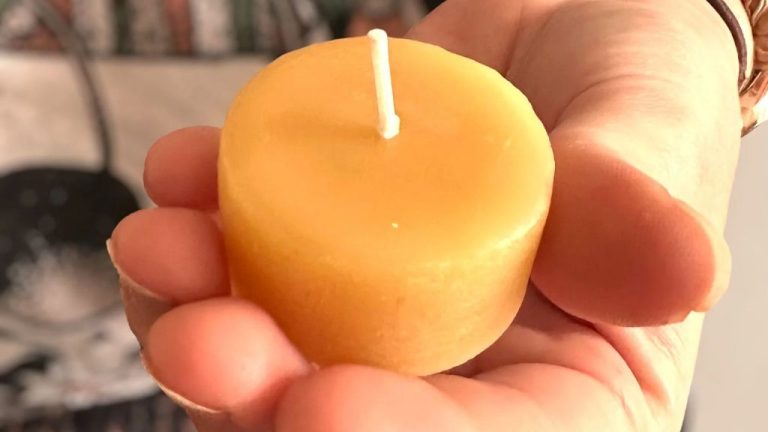Are Thicker Wicks Better?
A candle wick is a specially designed string that is embedded into wax or fuel to provide the ignition point for lighting a candle. The wick’s main purpose is to deliver the flame to the wax or fuel in a slow, controlled way so the candle can burn evenly for a period of time.
When a candle is lit, the wick absorbs melted wax which vaporizes at the burning tip of the wick. This vaporized wax sustains the flame and allows the candle to continue burning. Without a wick, it would be very difficult to maintain a consistent flame on a candle.
Wicks are typically made from materials like cotton, paper, or wood that can withstand burning without quickly disintegrating. An optimal wick provides an even, consistent flame for the candle’s lifetime. Wick design and thickness play an important role in candle performance.
Wick Thickness
The thickness of a candle wick plays an important role in how the candle burns. Wicks come in different standard thicknesses measured in ply or strands. Some common sizes include:
- 12 ply – Very thick wick best for large pillar candles or candles with a wide diameter.
- 9 ply – A thick wick good for most standard candles.
- 6 ply – A medium thickness wick used for containers and jars.
- 3 ply – A thinner wick often used with votives and tea lights.
As a general rule, follow the wick recommendations from the candle making supplier based on the diameter of your candle. Using too thin of a wick can result in poor wax pooling, while too thick of a wick may cause issues like sooting or large flames.
Wick Materials
Wicks come in a variety of materials, each with their own properties that affect how they perform.
The most common wick materials are:
- Cotton – Cotton is a natural fiber that provides a reduced carbon buildup and clean burn with minimal odor or soot. It can be braided or wick cords. Cotton wicks sustain a flame but have a relatively slow capillary action.
- Paper-cored cotton – This type has a cotton wick wrapped around a paper core, which allows the wick to stand upright and also improves capillary action. However, the paper core can increase carbon buildup.
- Wooden-cored cotton – Similar to paper-cored, but with a wooden core. The natural wood core reduces carbon buildup compared to paper.
- Zinc or tin-cored cotton – Cotton wrapped around a zinc or tin core. The metal core provides excellent capillary action but can get very hot.
- Paper – Paper wicks allow for a faster capillary action and hotter flame but produce more soot.
- Wooden – Wooden wicks give a natural woodsy aroma when burned. They have good capillary action but may crackle when burning.
The wick material impacts the burn rate, wax pooling, and other factors. Cotton and wooden-cored cotton are common choices for a clean, even burn.

Burn Rate
The thickness of a candle wick directly impacts the rate at which the wax burns. Thicker wicks tend to have a faster burn rate because they allow more wax to be drawn up the wick at one time. This increased volume of liquid wax means that more wax can be combusted by the flame, resulting in a larger flame and faster consumption of wax.
Thinner wicks have a slower burn rate since less wax travels up the wick. This creates a smaller flame and slower melting of the wax pool. While this may seem desirable for having candles last longer, too thin of a wick can lead to issues like poor wax pooling and mushrooming of the wick tip.
Finding the right wick thickness for a candle is a balance – thick enough to sustain the wax pool and complete melting, but thin enough to have an appropriate burn rate. Testing wicks to see burn time and characteristics is key. The thickness should match the diameter of the candle, with wider candles needing thicker wicks. Following manufacturer guidelines for pairing wick size with the wax and diameter helps strike this balance.
Wax Pooling
Wick thickness has a significant effect on wax pooling in candles. Wax pooling refers to the melted wax that forms a liquid pool around the wick as the candle burns. The right amount of wax pooling is important for even and complete burning of the candle.
Thicker wicks tend to promote larger wax pools because they release more heat as they burn. This melts more of the surrounding wax to form a wider pool. Too thick of a wick can result in wax pooling that is too large or deep for the candle. This may lead to issues like tunnelling or release of fragrance.
Thinner wicks give off less heat energy and create smaller, shallower wax pools. If the wick is too thin for the diameter of the candle, the wax pool may not reach the container edges. This can prevent full usage of the candle wax. Insufficient wax pooling can also lead to drowning or mushrooming of the wick.
Finding the right wick thickness helps to create the ideal wax pool for the candle – wide enough to use all the wax, but not so deep that it tunnels or overheats. Testing different wick sizes during candle development allows candlemakers to find the optimal balance point.
Sooting
Sooting occurs when a candle burns with incomplete combustion, causing black carbon to form on the wick and walls of the candle jar. Thicker wicks are more prone to sooting than thinner wicks. This is because thicker wicks have a larger surface area, allowing more wax to melt at once. With too much melted wax reaching the wick, the flame becomes larger than the wick can sustain. The wick becomes flooded, preventing complete combustion of the wax. This incomplete burning results in soot production.
Thinner wicks have a smaller surface area, so they melt less wax at a time. This allows the wick to burn the wax completely and absorb it properly, avoiding the flooded condition that leads to soot. With the right balance of wick thickness to match the wax being burned, incomplete combustion can be minimized. Using a wick that is too thick for the type of wax will increase sooting.
Additionally, thicker wicks tend to curl more as they burn, bringing parts of the wick into the melted wax pool. These curled bits of wick that soak in the wax produce more soot. Thinner wicks remain upright as they burn, keeping the wick end in the flame and reducing curled bits in the wax pool.
To prevent sooting when using thicker candle wicks, try trimming the wick to 1⁄4” before each burn to remove any curled ends. This allows the wick to remain upright and burn cleanly without soot production. Thinner wicks may not need trimming as often. Overall, a thinner wick matched to the type of wax will produce less soot.
Fragrance
The thickness of a candle’s wick can have a significant impact on how well the fragrance is dispersed when burning. Thinner wicks tend to produce smaller flames and less hot wax pooling. This can result in less fragrance being released into the air as the candle burns. Thicker wicks create larger flames and hotter wax pools which help disperse more fragrance into the surrounding area.
More specifically, thicker wicks increase air circulation and allow more airflow over the hot wax pool. The heat helps to release the essential oils and fragrance that have been added to the wax blend. As the hot air rises and circulates from the flame, it carries more of the scent upwards and outwards. With a thinner wick, there is less hot air flow created so less fragrance is spread.
Testing wicks of different widths for a candle formulation is recommended to find the optimal balance of hot throw without creating excess soot. A wick that is too thick can create an overpowering scent while a thin wick may not allow enough fragrance to fill the room. Finding the right wick thickness for the wax, vessel, and desired scent dispersion is key.
Flame Size
The thickness of a candle wick directly impacts the size of the flame it produces. Thicker wicks are able to draw up more melted wax at a time compared to thinner wicks. This greater amount of fuel results in a larger flame when lit.
With a thicker wick, the flame will be taller, wider, and brighter. This larger flame melts more of the top layer of wax around the wick, creating a larger molten wax pool. The increased flame size also releases more heat into the surrounding area.
While a larger flame may seem more visually impressive, it’s not necessarily better in terms of performance or safety. An oversized flame can get out of control more easily, releasing a lot of smoke and soot in the process. The larger melted wax pool also leaves more space for debris and dust to gather.
Many candle makers recommend using the thinnest wick possible that still provides complete wax pooling for the most controlled, steady flame. Wick thickness should be paired properly with the diameter of the candle holder to allow adequate airflow and prevent tunneling.
Safety
Thicker wicks pose some potential safety hazards that should be considered. As the wick size increases, it allows more wax to be drawn up to the flame. This can create larger flames and higher temperatures. Excessively large flames are a fire hazard, especially if left unattended. The larger pool of melted wax can also lead to more rapid wax consumption and dripping or overflow. Additionally, thick wicks tend to create more soot, which can stain surfaces, trigger smoke alarms, and pose respiratory irritants if inhaled.
Proper wick sizing for the specific candle and wax type is important to limit these risks. Wicks that are too small can tunnel or drown, while wicks that are too large can get out of control. Most manufacturers provide guidelines on ideal wick sizes. When in doubt, it’s recommended to start on the smaller side and trim up as needed. Pay close attention while burning and adjust to maintain a steady, modest flame. Avoid leaving thick-wicked candles burning unattended. With safety precautions, thicker wicks can be used successfully, but they require a bit more care and oversight.
Recommendations
There are a few key factors to consider when selecting the optimal wick thickness for your candles:
-
For smaller diameter candles (1-2 inches), a thinner wick around 1/8″ thickness is usually best.
-
For larger candles (2-3 inches), a medium 1/16″ or 3/32″ wick works well.
-
Very wide container candles may require an even thicker 1/8″ or 5/32″ wick.
-
Pay attention to your wax type – paraffin wax can handle a thicker wick than soy or vegetable waxes.
-
Consider your candle fragrance and additives – heavily fragranced candles tend to need thinner wicks.
-
Test your wick size to ensure proper melt pool size and minimize issues like tunneling.
-
Trim your wicks to 1/4″ before lighting to reduce excess sooting and promote complete burns.
Finding the right thickness balance for each candle is key. Follow these tips, test your candles, and adjust the wick size as needed to achieve the best performance.





